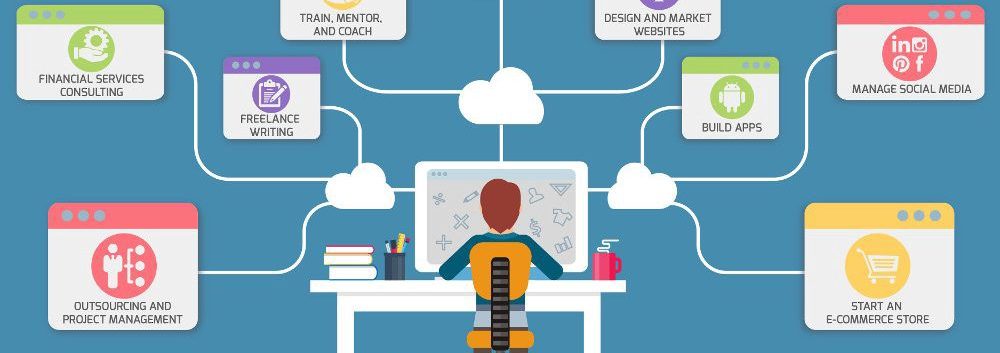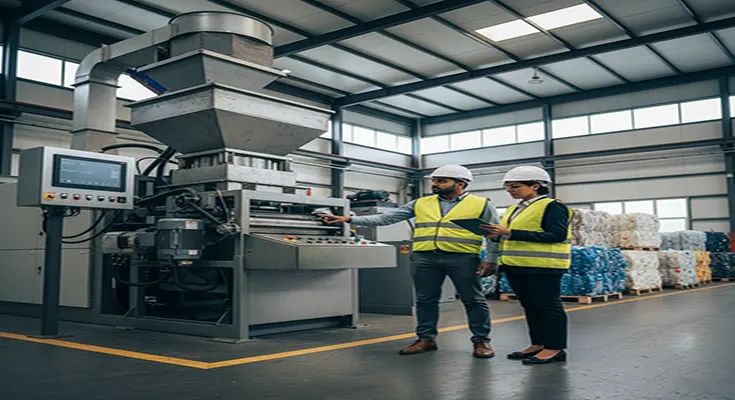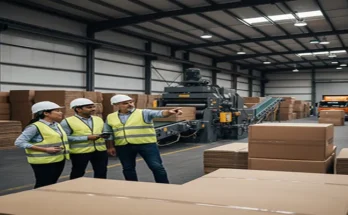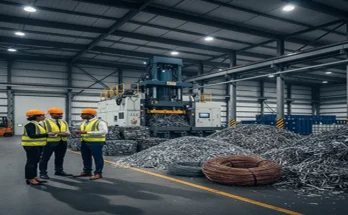Starting a large-scale plastic recycling business is a capital-intensive venture, with the biggest outlay often being the high-cost processing equipment like industrial shredders, extruders, and sorting systems. Securing the right financing is crucial for a new business to launch successfully and remain competitive. This article breaks down the primary financing avenues available for purchasing essential plastic recycling machinery.
1. Equipment-Specific Financing
Since the equipment itself is a high-value, tangible asset, specialized financing options are often the most straightforward and common paths for new businesses.
Equipment Loans (Financing)
- How it Works: The lender provides a loan to cover up to 100% of the equipment’s cost. The equipment being purchased typically serves as the collateral for the loan, which often results in lower interest rates and less stringent collateral requirements on other business assets.
- Pros for a New Business: You own the equipment from day one (once the loan is paid off), building equity for your business. You can claim tax deductions for depreciation (like the Section 179 deduction in the US) and the loan interest. It’s ideal for long-term machinery with a long useful lifespan, such as high-capacity extruders or wash lines.
- Considerations: New businesses might face higher down payment requirements or interest rates compared to established operations.
Equipment Leasing
- How it Works: Leasing is essentially a long-term rental agreement. You pay a fixed monthly fee to use the equipment for a specific term (e.g., 3-7 years). At the end of the term, you usually have the option to buy the equipment at a reduced rate (capital lease) or return/upgrade it (operating lease).
- Pros for a New Business: It requires lower upfront costs (often just the first and last month’s payment), preserving working capital for operational expenses like raw material and payroll. Payments are generally lower than loan installments and may be fully tax-deductible as an operating expense. It offers flexibility for businesses that anticipate needing to upgrade technology frequently.
- Considerations: You don’t build equity in the equipment during the lease term, and the total cost can be higher than a loan if you decide to purchase the equipment at the end of the lease.
2. Government Programs and Grants
Governments at the federal, state, and local levels often incentivize the recycling and waste management industries due to their environmental benefits.
Small Business Administration (SBA) Loans (U.S.)
- SBA 7(a) Loan: This is the most flexible SBA program, offering up to $5 million for a variety of uses, including equipment purchase, working capital, and refinancing. It has favorable, long terms (up to 10 years for equipment) and low rates.
- SBA 504 Loan: This program is specifically designed for major fixed assets, like large equipment and real estate. It’s structured with three parties: a bank (50%), the SBA (up to 40%), and the business owner’s equity contribution (at least 10%). It offers long repayment terms (up to 20 years) and low, fixed interest rates.
Federal and State Grants for Recycling and Sustainability
- Look for grants specifically for Solid Waste Infrastructure for Recycling (SWIFR), which are often provided through agencies like the EPA (in the U.S.).
- Many states offer recycling business development grants or low-interest loan programs to stimulate the local circular economy, with a focus on manufacturing equipment that processes post-consumer materials.
- Check programs like the USDA Rural Development loans if your facility is located in a qualifying rural area.
Startup Tip: Grant funding usually has strict eligibility criteria and is competitive. New businesses should start researching and applying for these programs early in the planning phase.
3. Alternative and Strategic Financing
Beyond traditional lending, new businesses can explore targeted strategies to secure capital.
Vendor Financing
- How it Works: The equipment manufacturer or vendor itself offers financing, often through a dedicated financial partner.
- Benefits: It can be convenient, with simplified applications and potentially deferred payment plans or special low interest rates as a sales incentive.
Venture Capital (VC) and Green Investors
- How it Works: Investors, particularly those focused on Environmental, Social, and Governance (ESG) or impact investing, provide large sums of capital in exchange for equity (ownership) in your company.
- Benefits: This can provide a huge amount of capital without incurring debt. These partners often bring valuable industry expertise and connections.
- Startup Suitability: This is best suited for businesses with a highly innovative technology or a strong, scalable business plan with high growth potential.
Crowdfunding and Peer-to-Peer Lending
- How it Works: You raise capital from a large number of individuals.
- Use Case: While unlikely to fund a multi-million-dollar extrusion line, it can be a great way to raise seed capital or funds for a smaller, specialized piece of equipment and to test market interest.
Preparing for Financing as a New Business
Securing large-scale financing as a startup requires meticulous preparation to mitigate the lender’s risk.
- Develop a Robust Business Plan: This must clearly detail your technology, feedstock supply (e.g., source of plastic waste), end-market demand for your recycled product, management team experience, and, most importantly, detailed financial projections showing cash flow and profitability.
- Determine Collateral: Be prepared to use the equipment itself as collateral, but lenders may also require a personal guarantee from the principal owners.
- Check Creditworthiness: Both the business owner’s personal credit score (620+ is a common minimum) and the new business’s credit profile (if one has been established) will be scrutinized.
- Get Equipment Quotes: Obtain firm quotes from at least one or two equipment vendors to provide concrete data for your loan application.
By understanding the unique features of equipment loans, leases, and tapping into government incentives, a new plastic recycling business can create a flexible and sustainable financial structure to acquire the essential machinery needed to launch operations.





